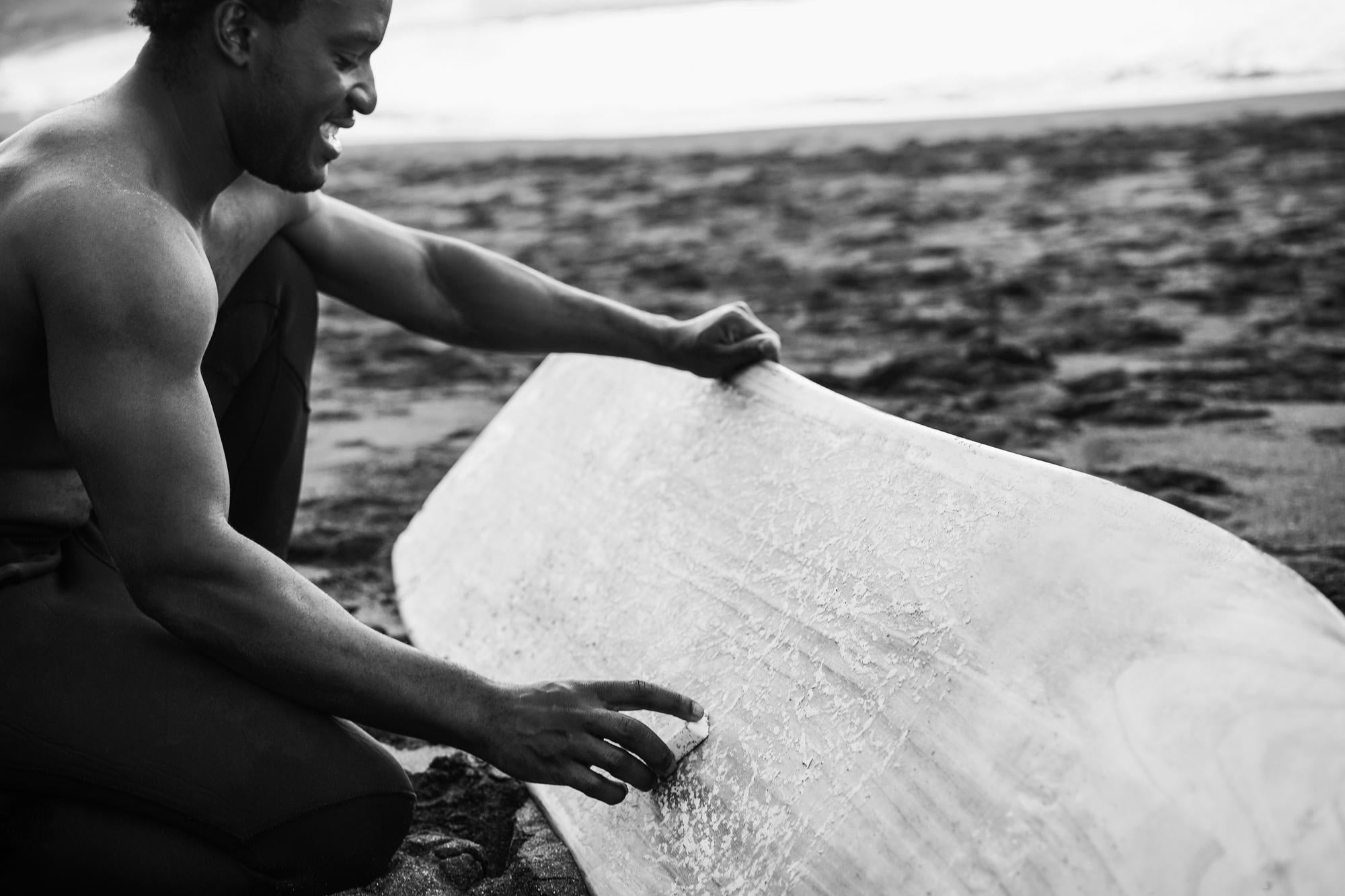Surfing is an exhilarating sport that connects you with the power and beauty of the ocean. However, it's important to remember that the ocean can be unpredictable and potentially dangerous. Whether you're a beginner or an experienced surfer, prioritizing safety is crucial for an enjoyable and injury-free surfing experience. Here are some essential surf safety tips to keep in mind before hitting the waves.
1. Know Your Limits
Understanding your skill level and knowing your limits is key to staying safe in the water. If you're a beginner, stick to smaller waves and less crowded beaches until you gain more experience and confidence. Avoid attempting maneuvers or surfing in conditions that exceed your ability.
2. Check the Weather and Surf Conditions
Before heading out, always check the weather forecast and surf conditions. Look for information on wave height, wind speed, and tide times. Websites and apps dedicated to surf reports can provide detailed information about the current conditions at your chosen spot.
3. Understand Rip Currents
Rip currents are powerful channels of water that flow from the shore back to the sea. They can be extremely dangerous if you get caught in one. Learn to identify rip currents by looking for areas where the water appears darker, choppy, or where waves are not breaking. If you find yourself caught in a rip current, stay calm, conserve your energy, and swim parallel to the shore until you’re out of the current.
4. Use the Right Equipment
Using the right equipment is essential for both performance and safety. Make sure your surfboard is appropriate for your skill level and the conditions you’ll be surfing in. Additionally, always use a leash to keep your board attached to your ankle, preventing it from becoming a hazard to yourself and others.
5. Warm Up and Stretch
Just like any physical activity, warming up and stretching before surfing is important to prevent injuries. Focus on your shoulders, back, and legs, as these areas are heavily used while paddling and riding waves.
6. Respect Surf Etiquette
Following surf etiquette is crucial for maintaining safety and harmony in the water. Some key points include:
- Right of Way: The surfer closest to the peak of the wave has the right of way.
- Don’t Drop In: Avoid paddling into a wave that someone else is already riding.
- Communicate: Use clear signals and communicate with other surfers to avoid collisions.
7. Stay Hydrated and Use Sunscreen
Spending hours in the sun and saltwater can lead to dehydration and sunburn. Drink plenty of water before and after your session, and apply a high-SPF, water-resistant sunscreen to protect your skin from harmful UV rays.
8. Surf with a Buddy
Whenever possible, surf with a friend. Not only is it more fun, but having someone with you can be invaluable in case of an emergency. If you do surf alone, make sure someone knows where you are and when you plan to return.
9. Be Aware of Marine Life
While encounters with dangerous marine life are rare, it’s important to be aware of your surroundings. Avoid surfing in areas known for sharks, and if you see any dangerous creatures, calmly exit the water.
10. Take a Surf Safety Course
For beginners, taking a surf safety course can be incredibly beneficial. These courses cover essential topics such as reading waves, understanding ocean currents, and basic first aid. Many surf schools offer safety courses as part of their beginner programs.




